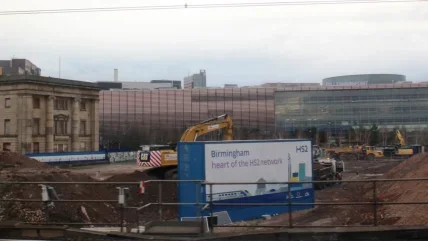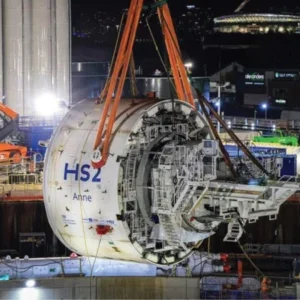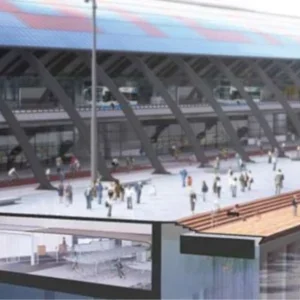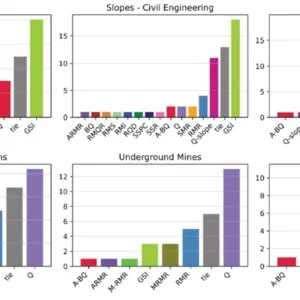
While, most recently, challenges and changes in the realisation of HS2 – the UK’s latest high-speed rail line – have been in the headlines, before then there has been much effort in design and initial construction, many aspects of which are presented across technical papers in the growing number of volumes in a dedicated series on the project. The latest in the series – Volume 3 – was issued in early 2023 by ICE Publishing*.
The series is entitled ‘High Speed Two (HS2): Infrastructure Design and Construction’, and Volume 3 looks at ‘Design and Engineering’, with a focus on geotechnics and tunnels, and including some papers on bridges and viaducts. Papers also discuss aspects of design for noise minimisation, and wind and environmental performance.
The volume is holds just over 250 pages of technical papers, split between two themes – ‘Geotechnics, groundworks and earthworks’, and ‘Bridges, viaducts, tunnels and underground structures’.
The papers in this volume, like the others, came from submissions to the HS2 Technical Papers Competition, in 2022. In total, four of the papers focus primarily on tunnelling.
In the first section, there are two interesting papers for a tunnelling audience: ‘Comparison of predicted versus actual ground settlement during tunnelling,’ by M. M. Torres; and ‘The use of Measuring- While-Drilling to aid investigation of Mercia Mudstone and other weak rocks’, by G. Hughes and C. Brook.
The paper by Torres looks at predicted versus actual ground settlement related to two sprayed concrete lining (SCL) tunnels, excavated from a construction access shaft, that were built as part of substation relocation works for Tube infrastructure. The paper focuses on the main SCL tunnel, known as the ‘combined ventilation and cable tunnel Part 1’. In addition to the comparative analysis on settlement, the paper also looks to correlate these to volume loss, and in doing so create possibility for follow-on studies.
The second paper, by Hughes and Brook, looks at ways to measure geotechnical properties for tunnelling when fracturing and weathering hinders effective sampling from boreholes, and testing. The paper looks at works with Measuring-While-Drilling (MWD) for the boreholes on the alignment of the Bromford Tunnel, part of the spur rail line into Birmingham. MWD can help to determine the Mechanical Specific Energy (MSE), also known as Specific Energy of drilling – energy required to remove a unit volume of rock.
In the second section, the two key papers for interested tunnellers are: ‘Mitigating the effects of tunnelling under Euston Bridge 7’, by A. Carlucci, S. Godden, A. Barmi, B. Cox, J. Master, J. Collins, and A. Damianou; and, ‘Innovative and sustainable twin arch solution for High Speed Two Tunnels’, by E. Smith and S. Psomas
The first of these paper looks at ways to mitigate predicted adverse effects on an historic masonry bridge due to induced ground movement caused by tunnelling. Baseline conditions needed to be established amidst spatial and logistical challenges at the site. A pre-stressed anchoring solution was developed for the bridge abutments and wing walls. Monitoring would follow.
The second paper, by Smith and Psomas, looks at a segmental precast concrete construction system for use in tunnel structure building in cuttings, before backfilling.
Other interesting papers from a geotechnical perspective, include two considering pile design: one on friction piles for weak Mercia Mudstone (varying between weathered stiff clay and unweathered weak mudstone); and, the other on the effects of ground heave of piles due to deep excavations causing stress changes. Also, on piles, a further paper looks at the programme of test pile works in Thanet Sands for extensive retaining structures, with design meeting the needs of both tensile axial heave and compressive over-site development, respectively.






